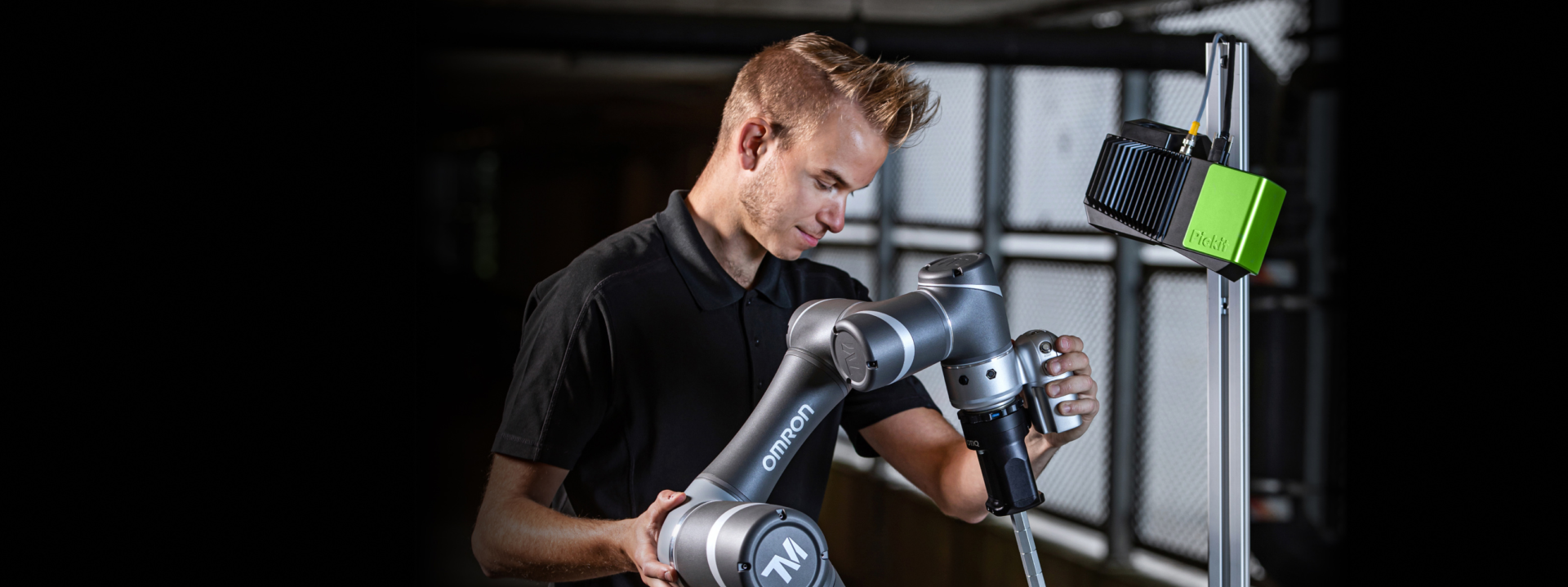Why 3D robot vision is a catalyst for manufacturing: the case of South Korea
Since the Industrial Revolution, the manufacturing industry has continuously enhanced productivity and efficiency through relentless innovation. Currently, manufacturing is at the heart of the Fourth Industrial Revolution, and one of the breakthrough technologies is robot vision. More specifically, 3D robot vision systems have become essential in modern manufacturing. This article explores the benefits of 3D robot vision considering the challenges and opportunities faced by one of the world’s leading manufacturing countries: South Korea.
A manufacturing powerhouse facing modern challenges
South Korea consistently ranks among the top 5 of global manufacturing leaders. Despite its success, the country faces challenges inherent to a modern, thriving manufacturing economy.
One of the most pressing issues is a rapidly aging population. South Korea has one of the fastest aging rates worldwide, with a significant decline in the working-age population. In 2020, over 16% of South Koreans were 65 or older, with projections estimating a staggering increase to 37% by 2045. This demographic shift creates a critical labor shortage, emphasizing the need for swift solutions.

Another barrier is a rising aversion to manufacturing jobs, which are typically perceived as monotonous and lacking in excitement. An example is Picking and placing parts at the beginning or end of the production line, a task which still accounts for a major part of factory labor force time spent in manufacturing industries.
Maintaining competitive production costs while upholding quality is essential for South Korea to stay ahead in the global market. And yet, high labor costs and living expenses pose a significant challenge. And finally, recent changes and uncertainties in the global supply chain require manufacturers to have greater flexibility and adaptability.
It seems clear that these and other challenges require solutions based on flexible automated production systems.
3D Robot Vision: a transformative force in manufacturing
So, what are the concrete and tangible benefits then that 3D robot vision brings to a manufacturing economy like South Korea, or any other country depending on manufacturing for that matter?
For starters, traditional automation systems suffer from inflexibility. They can only handle tasks in fixed positions and cannot deal with variations in components. In turn, by enabling robots to recognize and manipulate components from various orientations and positions, 3D vision unlocks more flexible production processes. This translates to precise selection and placement of components during assembly and picking processes or accurate robot guidance for surface treatment, directly improving both production efficiency and product quality.
As mentioned, the manufacturing industry faces a lack of skilled labor. Repetitive and simple tasks strain human resources and hinder productivity. 3D robot vision offers a solution by automating these monotonous tasks and creating a safer and more ergonomic environment. This frees up valuable human workers, allowing them to focus on higher-value activities that require human expertise and creativity.

The market is also demanding more diverse products, with high-mix, low-volume production becoming increasingly important. Traditional automation systems struggle to adapt to these rapid changes, while 3D robot vision systems excel in such environments. Their versatility allows them to handle different products and processes with ease and without major interventions, providing the flexibility needed to thrive in today's dynamic market.
Finally, 3D vision plays a crucial role in enhancing the precision and reliability of production lines. Equipping robots with the ability to perform tasks with greater accuracy and consistency leads to a significant reduction in downtime. This translates to improved product quality and overall consistency throughout the manufacturing process.
So, in essence, 3D robot vision equips robots with a powerful new sense: sight. This allows them to collaborate more effectively with human workers, leading to a more efficient, productive, and high-quality manufacturing landscape.
Levers to accelerate adoption
So why is South Korea such an interesting market case when it comes to adoption of technologies such as 3D robot vision? Surely its idiosyncrasies and recent technology trends provide significant leverage in that respect.
First of all, South Korea boasts the highest robot density worldwide, with 932 robots per 10,000 employees. This indicates an active adoption of automation in manufacturing to enhance productivity and maintain competitiveness. According to the International Federation of Robotics (IFR), South Korea's high robot density shows manufacturers' proactive investments in automation, highlighting the necessity and potential of 3D vision systems in this environment.
Secondly, robot technology is rapidly progressing, particularly enhancing robots' recognition capabilities through 3D vision technology. The development of AI and machine learning has significantly improved the accuracy and efficiency of robot vision systems. In this way, 3D vision systems, supported by AI, enable robots to perform complex tasks with greater precision, essential in a rapidly evolving manufacturing environment.
At the forefront of manufacturing innovation
In manufacturing, 3D robot vision systems have already become indispensable. They offer numerous advantages, including accurate object handling and assembly, addressing skilled labor shortages, responding to high-mix low-volume production, and improving productivity and quality.
Pickit 3D wants to be at the forefront to resolve modern challenges faced by manufacturers, maximizing productivity, and ensuring quality. Moving forward, robot eyes, or 3D vision systems, will solidify their importance as major technologies driving innovation in manufacturing.
South Korean manufacturers have definitely positioned themselves as leaders in embracing 3D robot vision as a solution to modern production hurdles. By moving beyond early adoption, they are at the forefront of 3D robot vision innovation globally. Proven benefits and return on investment confirm 3D robot vision as a key driver of progress in South Korea's manufacturing industry.
Brian Kim, Country Managing Director, Pickit Korea
